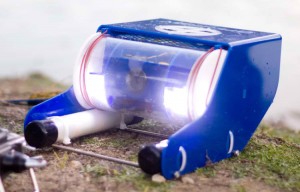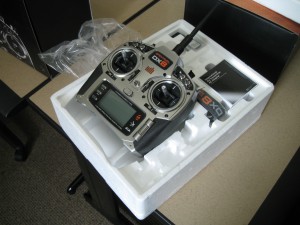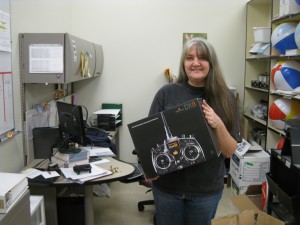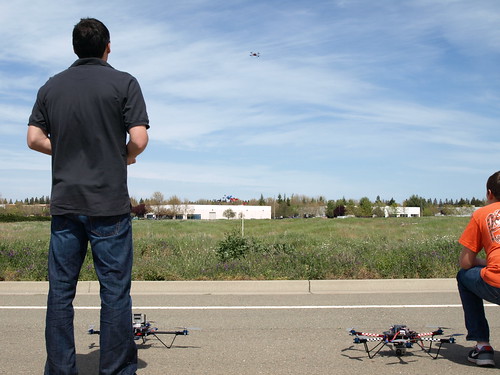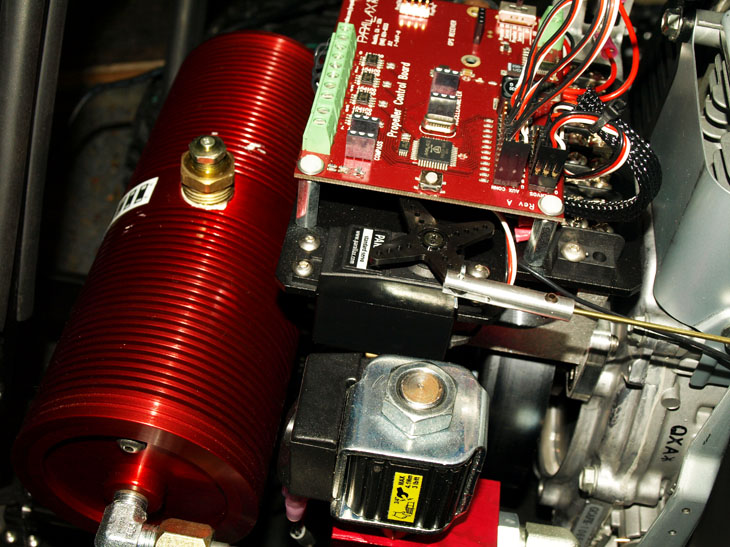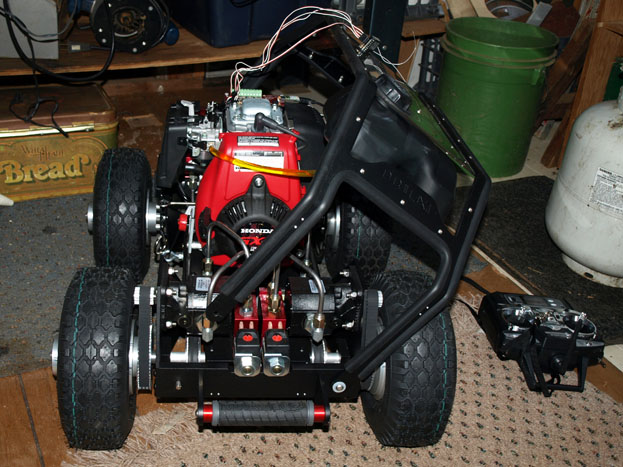I had a good conversation with David from OpenROV this morning. We talked about potential partnerships, and I shared information about the Watershed Education Summit (WES), a project involving various El Dorado County high schools, the state Water Resources Control Board, the El Dorado County and Georgetown Divide Resource Conservation Districts, and the U.S. Forest Service. From the website:
During the four-day event, students, teachers, and resource professionals work together to complete the following tasks: stream cross-sections, stream gradient and stream water flow and velocity measurements, substrate pebble counting, macroinvertebrate sampling, shade measurement, Global Positioning Satellite data collection, water chemistry testing, riparian vegetation measurement, and large woody debris location. Partnerships with the El Dorado Resource Conservation District and the State Water Resources Control Board’s Clean Water Team are instrumental in making WES a success.
In quadcopter news, the POs are in, so I think I’ll be picking the ELEV-8s up from Parallax this week. The Go Pro HERO2s arrived last week, as well as some of the tools and odds and ends. Still waiting on the batteries, receivers, and some other pieces, but we should be ready to fly in the next couple of weeks.

